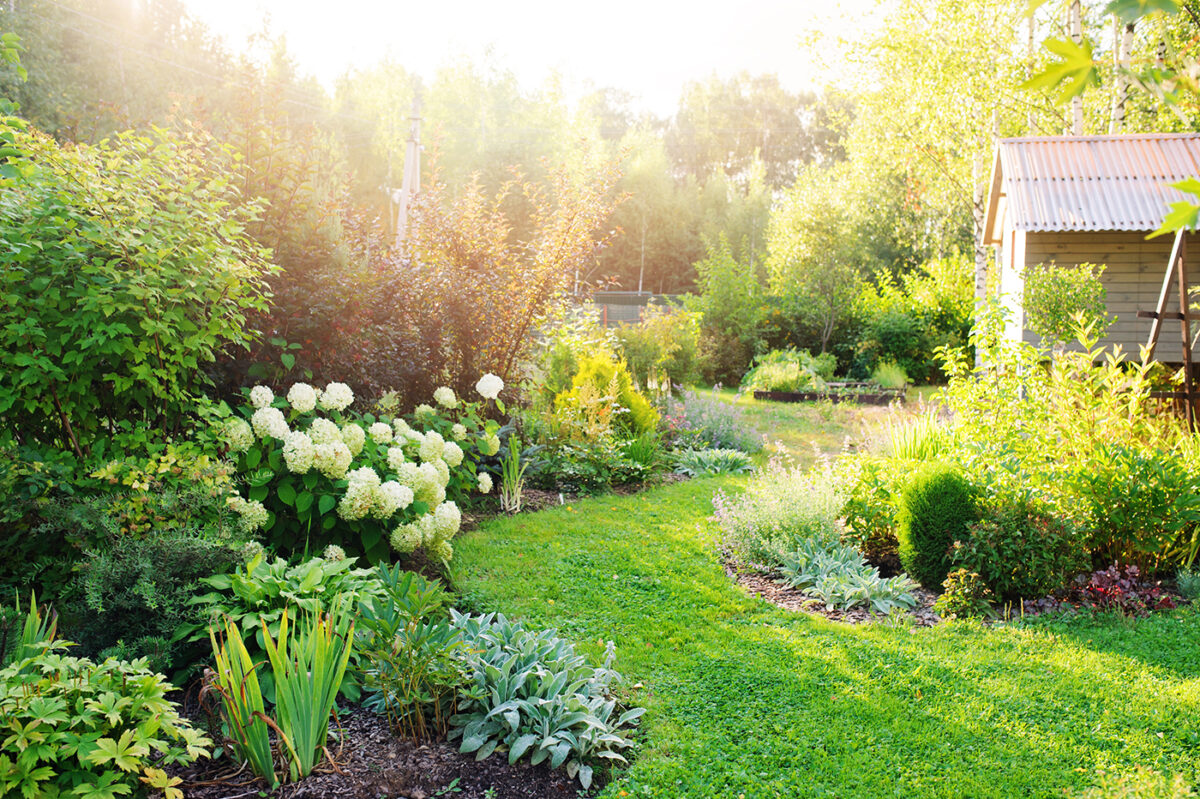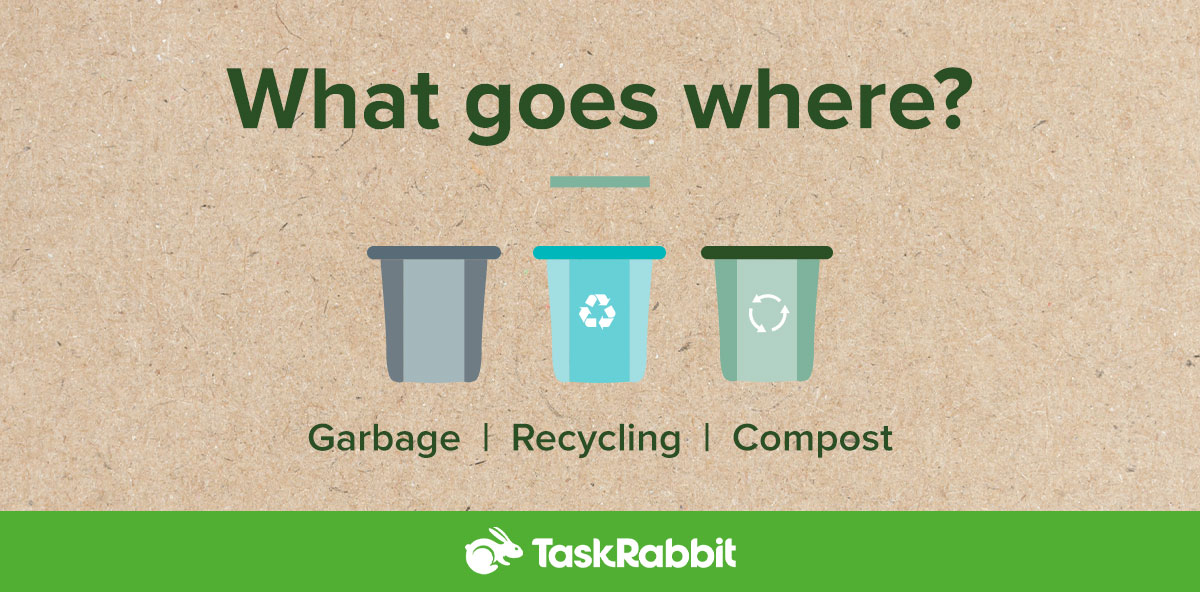Are you ready to transform your outdoor space into a beautiful, thriving garden? Whether you’re a seasoned green thumb or a budding enthusiast, maintaining garden beds is key to creating a healthy and vibrant outdoor sanctuary. Read on to discover essential garden tasks like laying mulch, battling weeds, edging your lawn, and beginner gardening techniques. Get ready to roll up your sleeves and dive into the wonderful world of garden maintenance!
The Soil of Success: Why Garden Maintenance Matters

Before we dig into the nitty-gritty, let’s talk about why garden bed maintenance matters. Regular upkeep not only keeps your garden looking its best but also promotes plant health, improves soil quality, and can even increase your property value. By investing a little time and effort into your garden beds, you’ll reap the rewards of a lush, vibrant outdoor space that you can enjoy all year round.
Mulch Ado About Something: Laying the Groundwork
The Magic of Mulch

Mulch is like a superhero for your garden. It retains moisture, regulates soil temperature, suppresses weeds, and improves soil health as it decomposes. But not all mulch is created equal, so let’s break down your options.
1. Organic Mulch:
Organic mulch is great for enriching soil as they break down and includes types such as bark chips, wood shavings, straw, compost, and leaf mold.
2. Inorganic Mulch:
Inorganic mulch is a low-maintenance solution for areas where you don’t want to encourage plant growth. Inorganic mulch types include gravel, pebbles, or landscape fabric.
Mulching Like a Pro
Ready to mulch? Follow these steps for best results:
- Clear the area of debris and weeds.
- Add a layer of compost or fertilizer to nourish your soil.
- Apply a 2-4 inch layer of mulch, keeping it away from plant stems to prevent rot.
- Water thoroughly to help settle the mulch.
- Pro tip: Refresh your mulch annually or when you notice it thinning out. Your plants will thank you!
Weed Warfare: Strategies for a Plant-Perfect Paradise

As every gardener knows, weeds are the uninvited guests of the garden world. While they may be persistent, you can win the battle with these tried and true strategies.
Prevention is Key
- Monitor your garden regularly and remove weeds when they’re small.
- Use mulch to suppress weed growth.
- Plant ground covers to crowd out weeds.
Manual Weeding
Arm yourself with a hand trowel, weeder, and gloves, then follow these tips to get rid of weeds by hand.
- Water the area first to soften the soil.
- Grasp the weed at its base and pull gently but firmly.
- Remove the entire root to prevent regrowth.
- Dispose of weeds in a compost pile or yard waste bin.
Chemical Control (Use Sparingly)
If you’re dealing with stubborn weeds, herbicides can be effective. However, use them cautiously and follow these guidelines:
- Choose a selective herbicide that targets specific weeds.
- Apply on a calm day to prevent drift.
- Follow the manufacturer’s instructions carefully.
For a more eco-friendly approach on tough weeds, try natural alternatives like vinegar or boiling water.
Edging: Crafting Crisp Garden Boundaries

A well-defined edge between your lawn and garden beds can make a world of difference. Here’s how to achieve that crisp, professional look:
Types of Edging
First, understand the types of edging available:
- Plastic Edging: Flexible and easy to install but may be not as durable.
- Metal Edging: Durable and long-lasting but can be more expensive.
- Stone and Brick Edging: Attractive and highly durable, though they require more effort to install.
Tools of the Trade
Next, gather the below supplies to get started:
- Edging tool or spade
- String and stakes
- Your chosen edging material
Edging Step-by-Step
Then, follow the below steps for crisp garden lines:
- Mark your desired edge with string and stakes.
- Use an edging tool or spade to cut along the marked line, creating a V-shaped trench.
- Install your chosen edging material, making sure it’s level and secure.
- Backfill with soil and tamp down to prevent shifting.
Maintaining Your Edges
Last but not least, keep your edges looking sharp with these maintenance tips:
- Trim grass along the edge regularly.
- Re-cut the edge annually or as needed.
- Replace or repair edging material if it becomes damaged or worn.
Green Thumb Boot Camp: A Beginner’s Battle Plan

New to gardening? Don’t worry – we’ve got you covered. Read on for essential gardening tips.
Planning Your Garden
Before diving into planting, take some time to plan:
- Assess your garden’s sunlight, soil type, and drainage.
- Choose plants that suit your climate and growing conditions.
- Start small and expand as you gain confidence.
Essential Tools and Supplies
Additionally, stock up on these gardening must-haves:
- Gloves
- Hand trowel
- Pruning shears
- Watering can or hose
- Quality soil and compost
Planting 101
Now it’s time to get started.
- Prepare your soil by removing weeds and adding compost.
- Follow spacing guidelines for your chosen plants.
- Water deeply after planting to help roots establish.
Basic Garden Care
Now that your garden is established, explore the following maintenance requirements:
- Water regularly, especially during dry spells.
- Fertilize plants according to their specific needs.
- Monitor for pests and diseases, addressing issues promptly.
The Perennial Puzzle: Seasonal Strategies for Success

When it comes to gardening, each season comes with its own set of priorities. Check out the best practices for each season below:
- Spring: Plant annuals and vegetables, prune shrubs.
- Summer: Water deeply, deadhead flowers, harvest vegetables.
- Fall: Plant bulbs, clean up garden beds, add compost.
- Winter: Plan for next year, maintain tools, order seeds.
Garden of Eatin’: Cultivating Your Personal Produce Paradise

Maintaining your garden beds might seem like a daunting task at first, but with these tips and a little patience, you’ll be well on your way to creating a thriving outdoor oasis. Remember, consistency is key – regular attention to mulching, weeding, and edging will keep your garden looking its best year-round.
As you embark on your gardening journey, don’t be afraid to experiment and learn from both your successes and challenges. The rewards of a well-maintained garden – from the vibrant colors and fragrances to the satisfaction of growing your own plants – are truly unparalleled.
Tasker to the Rescue: When Your Garden Needs a Hero

While gardening can be a rewarding hobby, we understand that not everyone has the time or energy to tackle all these tasks. That’s where Taskers come in! Whether you need help prepping your garden for spring, assembling outdoor furniture for summer gatherings, or mounting a TV for viewing parades, Taskers are here to lend a hand.
By hiring a Tasker, you can free up your time to focus on the gardening tasks you enjoy most, or simply relax and enjoy your beautiful outdoor space. From lawn care to party prep, Taskers can help you cross those pesky to-do’s off your list, leaving you more time to smell the roses – literally!
So go ahead, get your hands dirty, and watch your garden flourish. And remember, if you need an extra set of hands, Taskers are just a click away. Happy gardening!

























